… check out this tweet from my friend, John Bredehoft:
My favorite illustration goes like this:
In his lifetime, the journalist interviewed JFK, a drug user and philanderer.
We need to learn quickly to keep up with the massive change around us so we don't get run over. We need to outrun change.
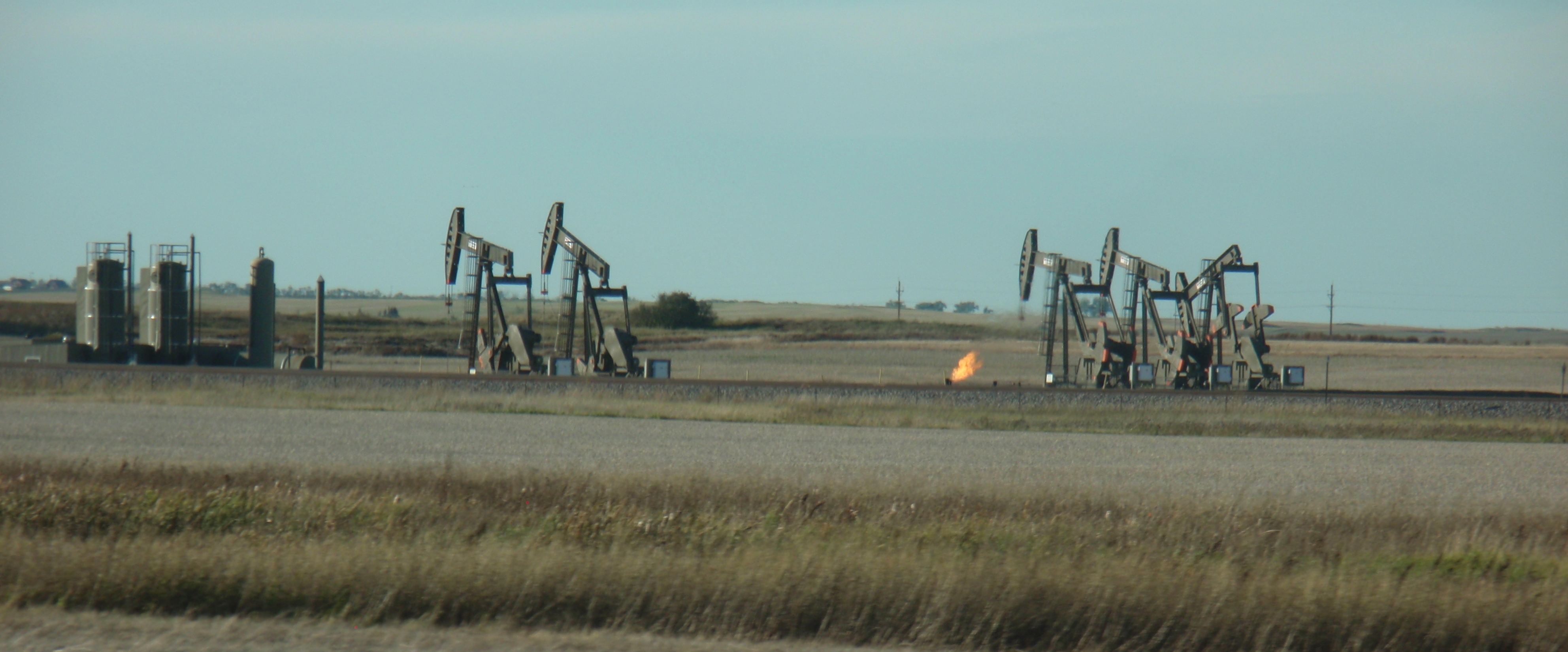
Production information was released for North Dakota yesterday. In November, production increased to 1,176,314 bopd (prelim) from 1,171,119 bopd (revised). That is an increase of 5,195 bopd, up for a second month. Percentage change is up 0.44%.
A few graphs today and a few more Monday. Here is what the state-wide and Bakken-only production looks like, along with a what-if guess based on average increases having continued.
Sort of looks like a plateau.
Here is the long-term picture of state-wide production:
Continue reading “Oil production in North Dakota increases about half a percent in November ’15”
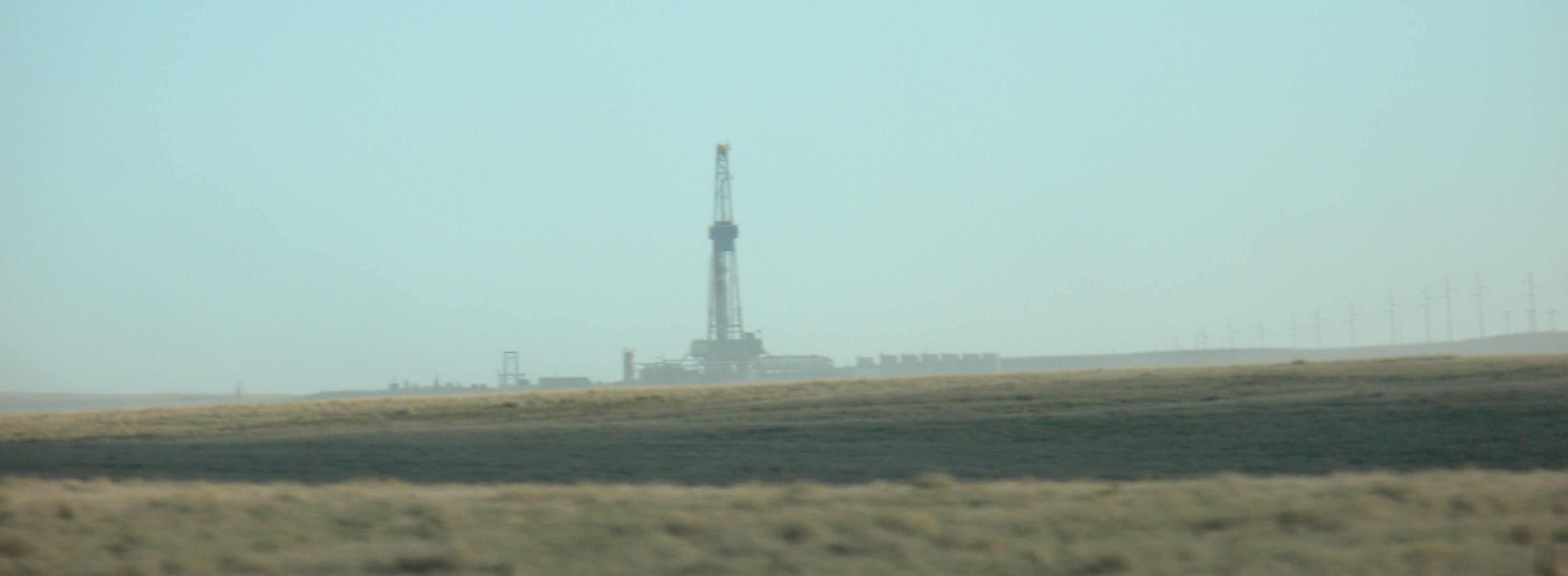
Somewhere around $60 by December is Harold Hamm’s prediction. If such a comment wasn’t from Mr. Hamm, I would have ignored the article.
Main coverage is at Wall Street Journal: Continental Resources CEO Sees Oil Prices Doubling by Year End. He thinks Saudi Arabia made a serious mistake by pumping so much oil. That pushed prices way down. It also moved the US to allow exporting crude oil.
Continue reading “How about $60 oil by 12/16 for a strongly contrarian opinion?”
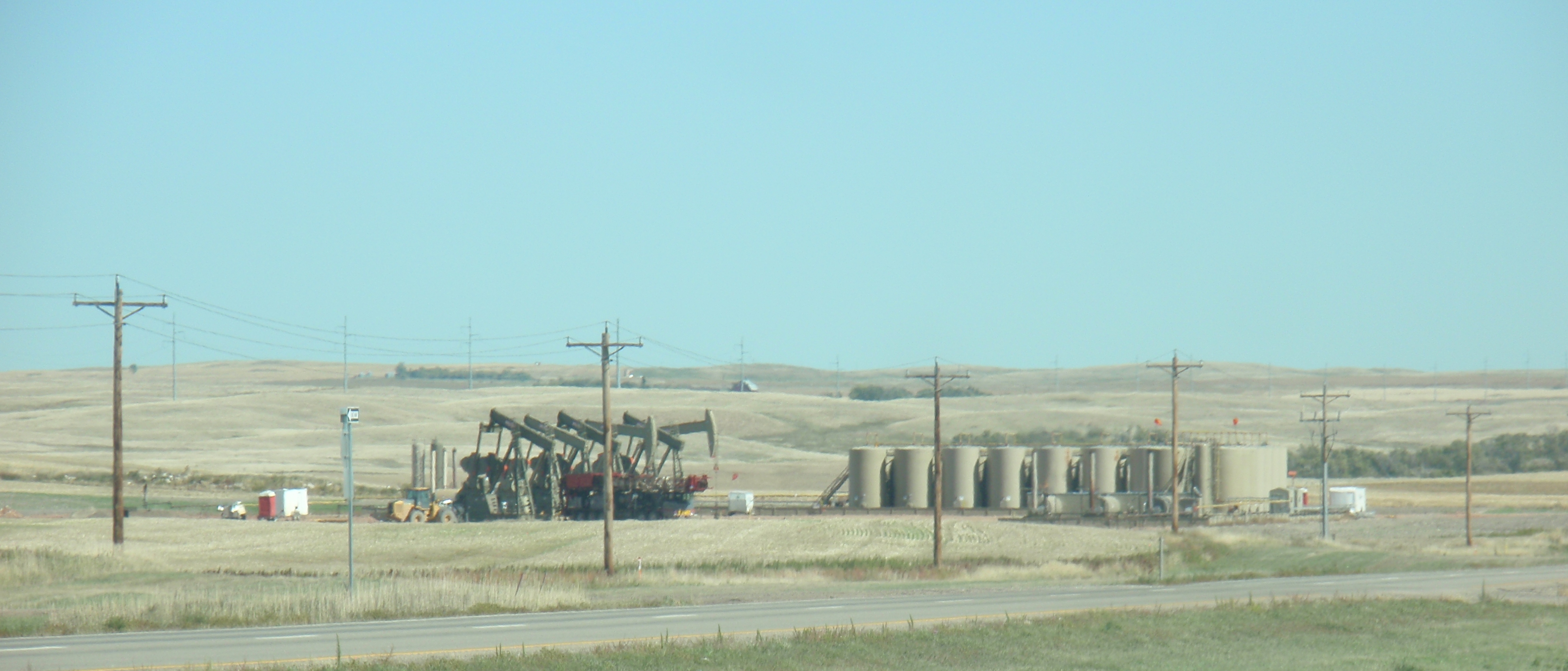
The Wall Street Journal has a great article on 1/14: North Dakota Cities Use Oil to Regroup / Williston, which saw its population so during the energy boom, sees a chance to catch up after Catholic growth, plan for the future – It highlights all levels of governments are using the slowdown as a time to play catch-up.
Take a look at these indicators of what is going on in the state. Does this look like a collapse to you? Or does this look like a return to something that resembles a normal growth market?
Continue reading “Do conditions in Williston look like a collapse or return to normal growth?”
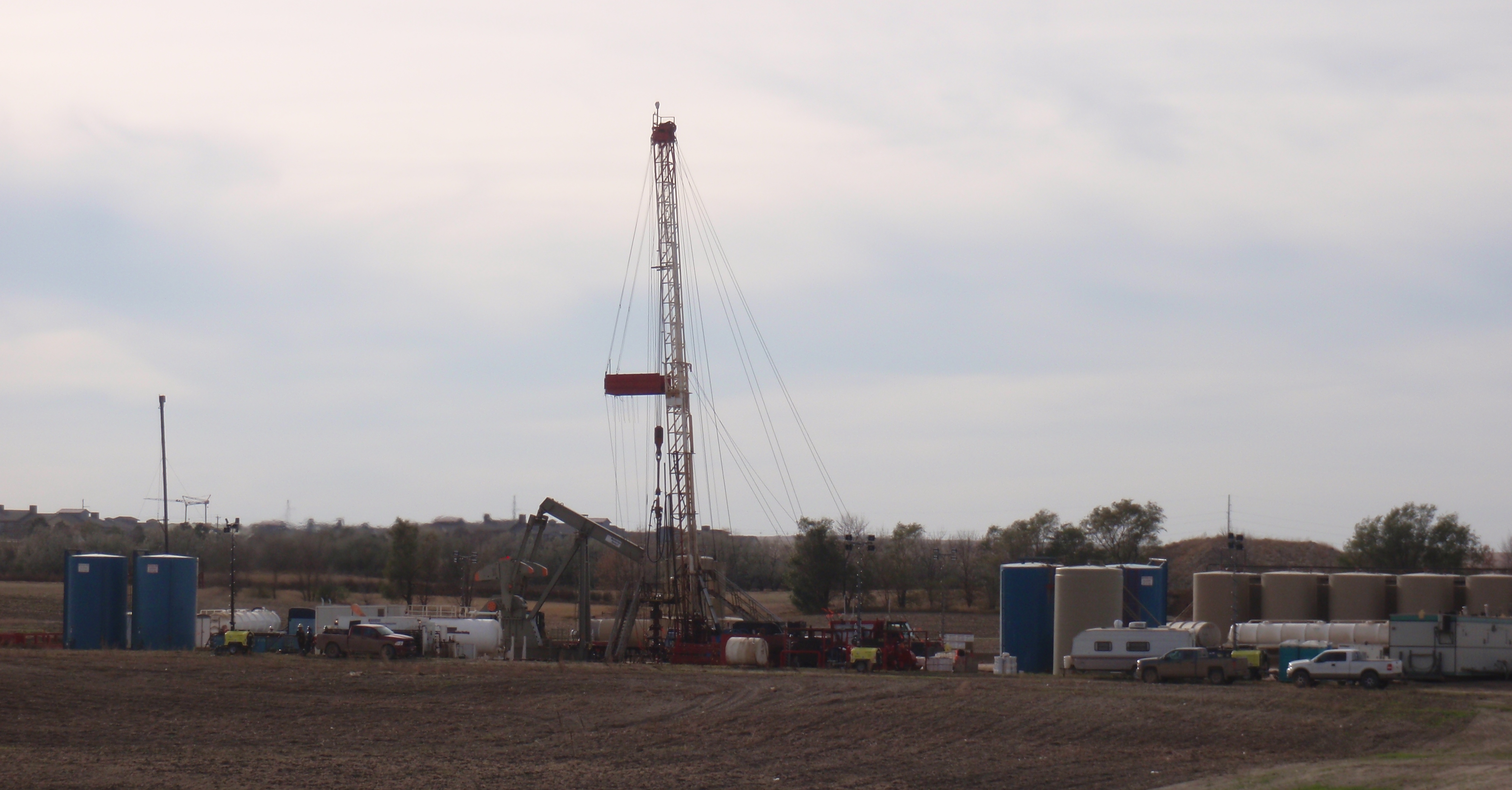
Here is a recap of the North Dakota rig count, all from Million Dollar Way. Some older data repeated for context: Continue reading “Rig count in North Dakota, update through early January ’16”
[youtube=https://youtu.be/3ZYVN_7PG_M]
Here are a few articles that caught my interest. Two on Aramco possibly floating an IPO and two on increasing tensions between Saudi Arabia and Iran.
1/7 – The Economist – Saudi Arabia is considering an IPO of Aramco, probably the world’s most valuable company – Continue reading “More news from the Middle East that could affect the oil market and prices”

Max Roser sent the following tweets on January 7:
Max Roser ?@MaxCRoser [1 of 2] Travel times from London in 1914
- to California 10-20 days
- to Nigeria: ±20 days
- to Sydney: 30-40 days pic.twitter.com/iAqvPynUqr

Continue reading “Long distance travel times now and 100 years ago”
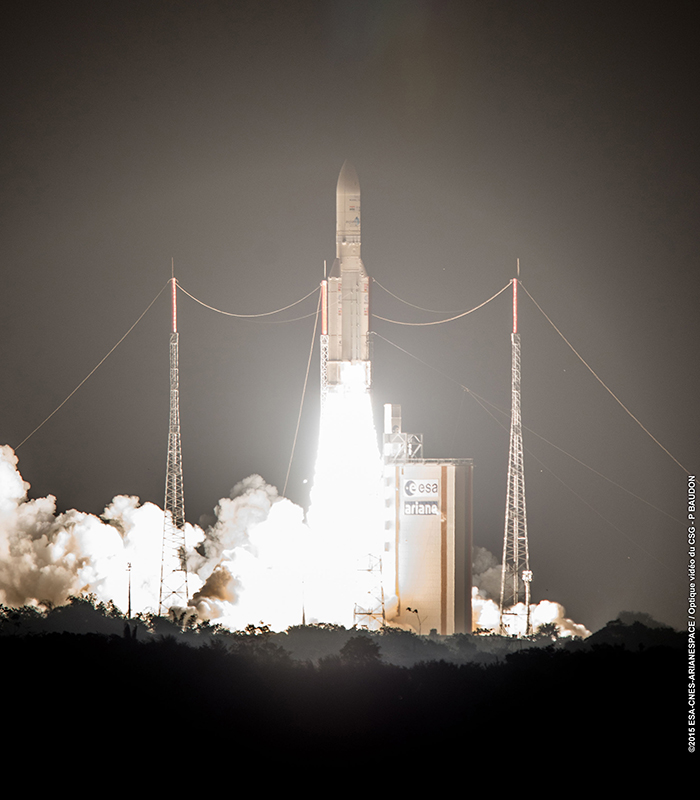
One of the major reasons I blog is to learn. Nothing stretches me more than reading a fascinating article and commenting in public on it. Putting my thoughts out on the never-to-go-away Internet requires a very careful reading of articles.
So if you want to stretch your brain too, stay tuned while I comment on Space News’s coverage on January 6 of a press conference: Arianespace Surpassed SpaceX in Commercial Launch Orders in 2015.
Launch rates
The organization’s CEO provided the following count of commercial orders for 2014. I think this is the count of launches into geo-stationary transfer orbit:
Article says that reflects Arianespace catching up with SpaceX.
Here is the count of 2015 contracts for geostationary launches: Continue reading “Stretching my brain on the commercial space launch business”

A few more articles on the wide open frontier of space:
12/23 – Popular Mechanics – Two Quick Illustrations to See How Badly SpaceX Beat Blue Origin/Jeff Bezos may have gone for the glory, but he only had a fraction of the challenge – Blue Origin may have been the first company to nail landing of a reusable booster. SpaceX had a far more difficult challenge as illustrated by two graphics in the article.
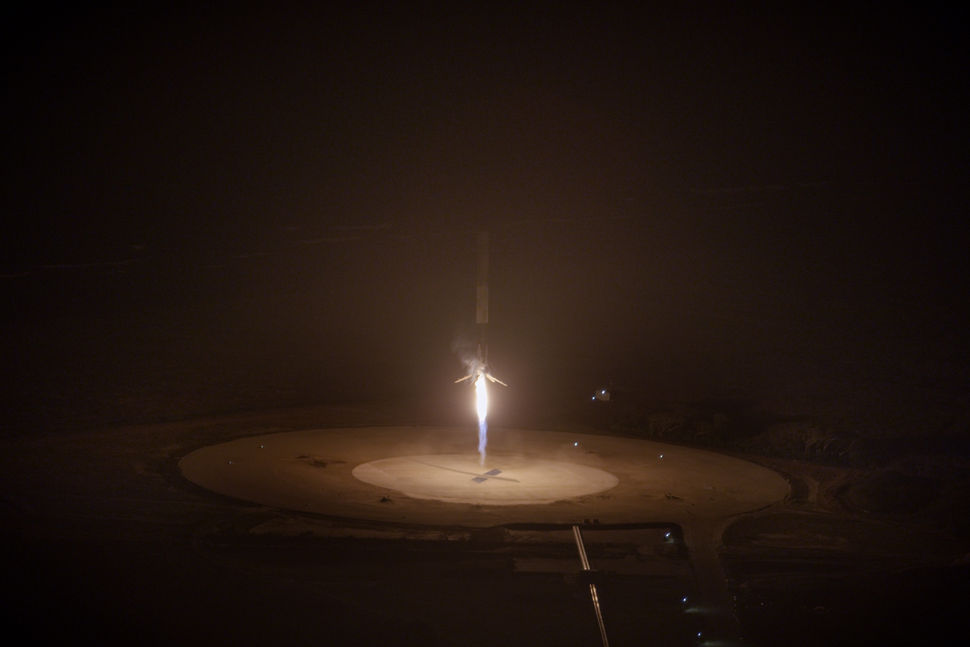
Continue reading “Update on the open frontier of private space exploration; recovery of booster”
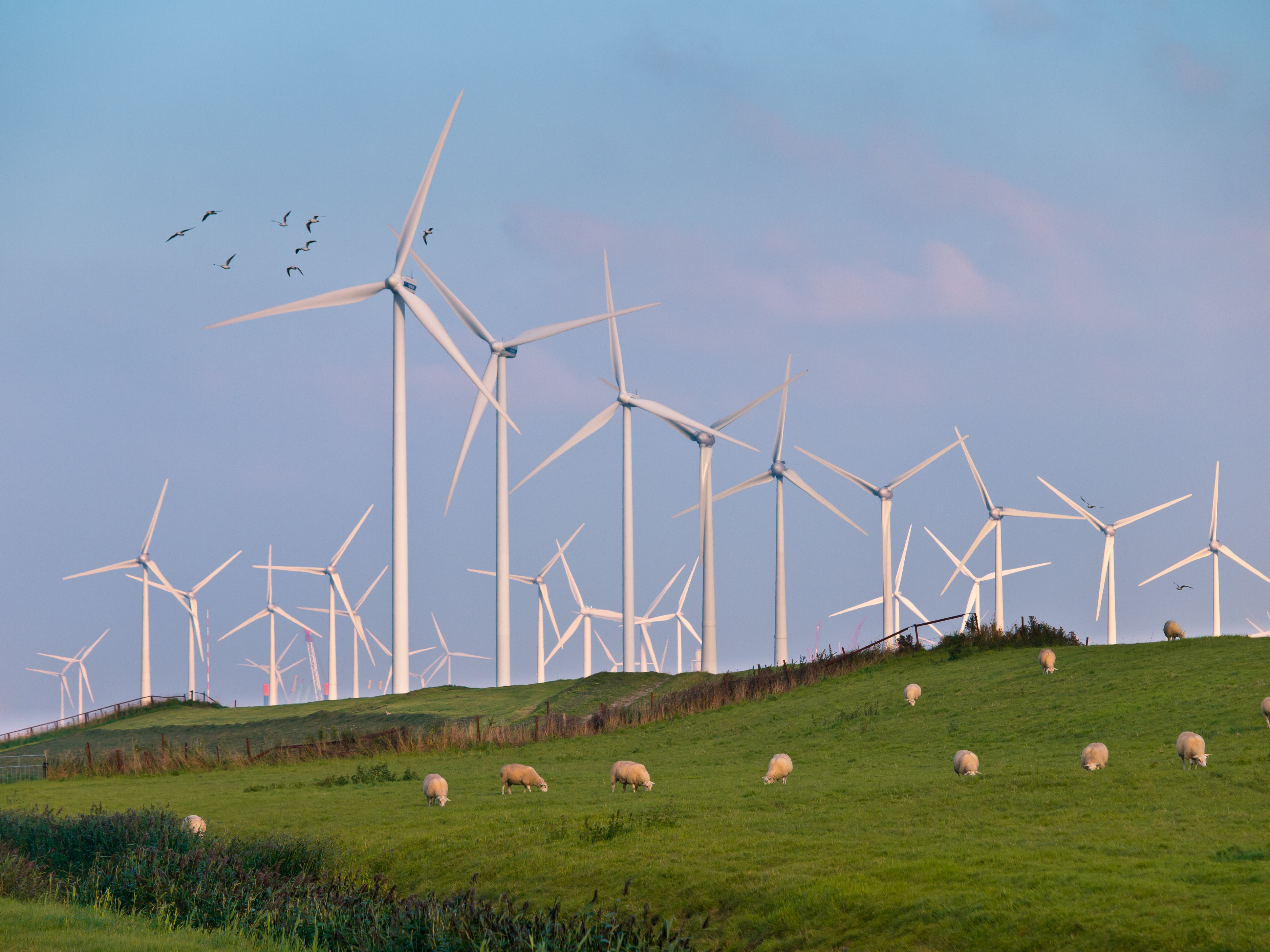
The Million Dollar Way quotes a press release from Montana-Dakota Utility without a link. MDU has purchased the Thunder Spirit wind farm project from Allete Clean Energy. MDU currently has a commitment to buy all the electricity from the project on a 25 year contract. Now MDU owns the wind farm.
Project consists of 43 towers with rated capacity of 107.5 mW. Cost is reported in the press release to be $220M.
At cost of $220M for 107.5 mW, that works out to $2.05M/mW.
Keep in mind in the upper plains the average capacity of wind farms is about 34%. See EIA graph here. Peak is about 43% in fall and low is about 21% in the late summer for about 2 months. The upper plains have a flatter capacity curve than other regions. Looks like about 40% can be achieved for half of a year.
Theoretical output (also called nameplate) is 107.5 mW. Average output will likely be 36.6 mW (107.5 x 34%).
So the actual cost for each mW of actual average output would be: Continue reading “Update on Thunder Spirit wind farm. Project sold to MDU.”
A lot has happened in the last few days around the Middle East, all of which news points toward more turmoil in the region and increases risks of turmoil in the oil market.
If you are really interested, follow along with me as I tried to sort things out. Keep in mind I’m blogging as a way to sort out for myself what is happening around me. So here goes…
On Saturday, Saudi Arabia executed 47 people who had been convicted for various charges. One of them was a very visible Shiite cleric. I think the death sentences have been in place for some time so there was no outwardly visible reason why those sentences were carried out over the weekend. That particular cleric has been under sentence since 2014.
Protests quickly broke out in Iran. The Saudi Embassy in Tehran was attacked and part of it set on fire. I didn’t quite understand from press coverage whether the protesters actually got into the building or how much of the building was damaged by fire. One photo shows one fire burning in one part of the building but does not give a larger context.
Continue reading “Turmoil in Middle East increases; Saudi Arabia in center of the turmoil”
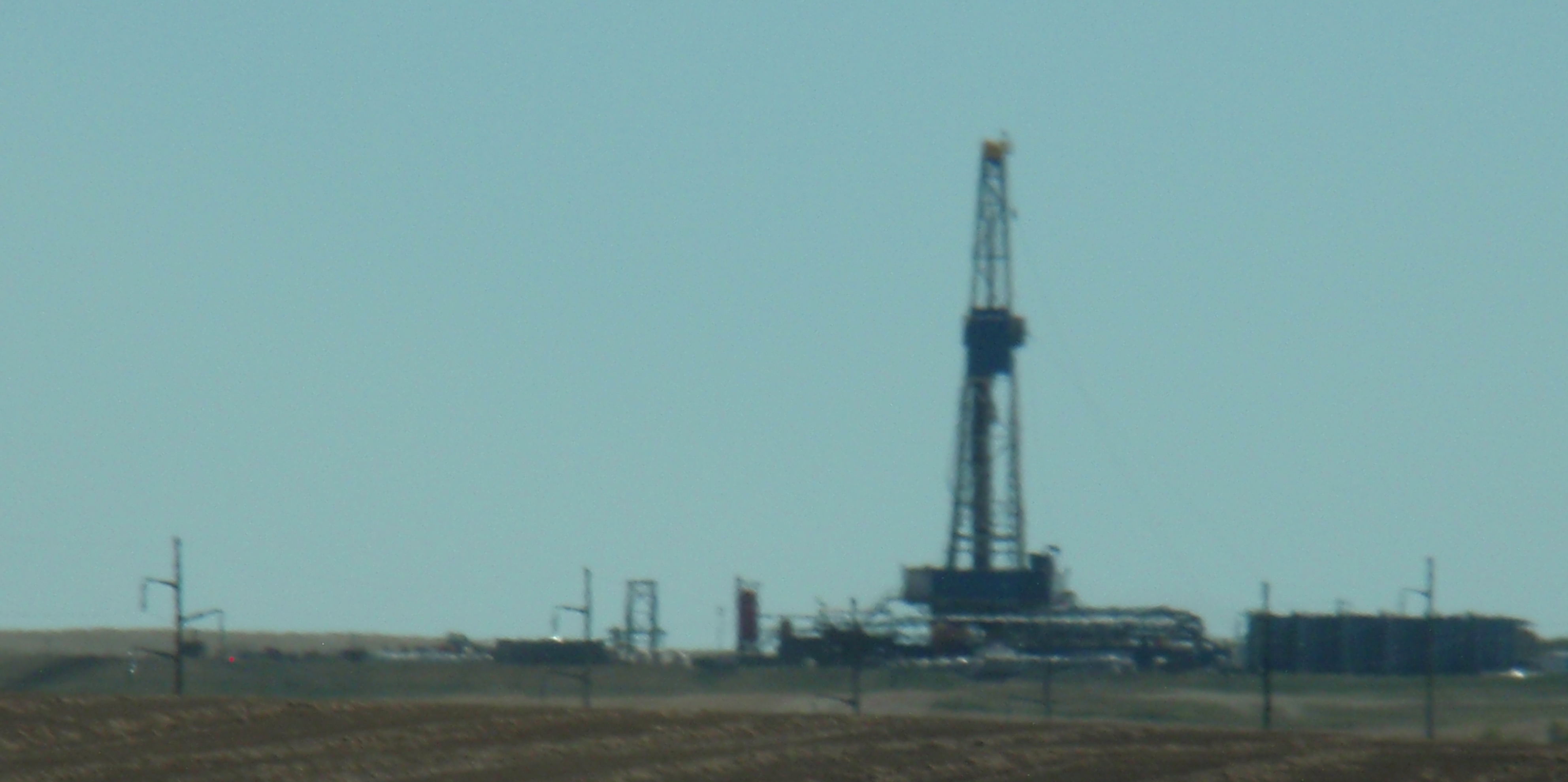
Had been planning to hold this article for a few days because of other posts I’d like to run first. Guess I’d better run it now. At the rate things are deteriorating in the Middle East, need to post it quickly before war headlines make it completely out of date.
12/30 – The Guardian – Recession, retrenchment, revolution? Impact of low crude prices on oil powers. Article walks through what low oil prices may be doing to each country.
A graph shows one factor that is fascinating to me, specifically the price needed to balance the national budget in various countries. Here are the prices a few countries need: Continue reading “More on low oil prices with particular focus on Saudi Arabia”
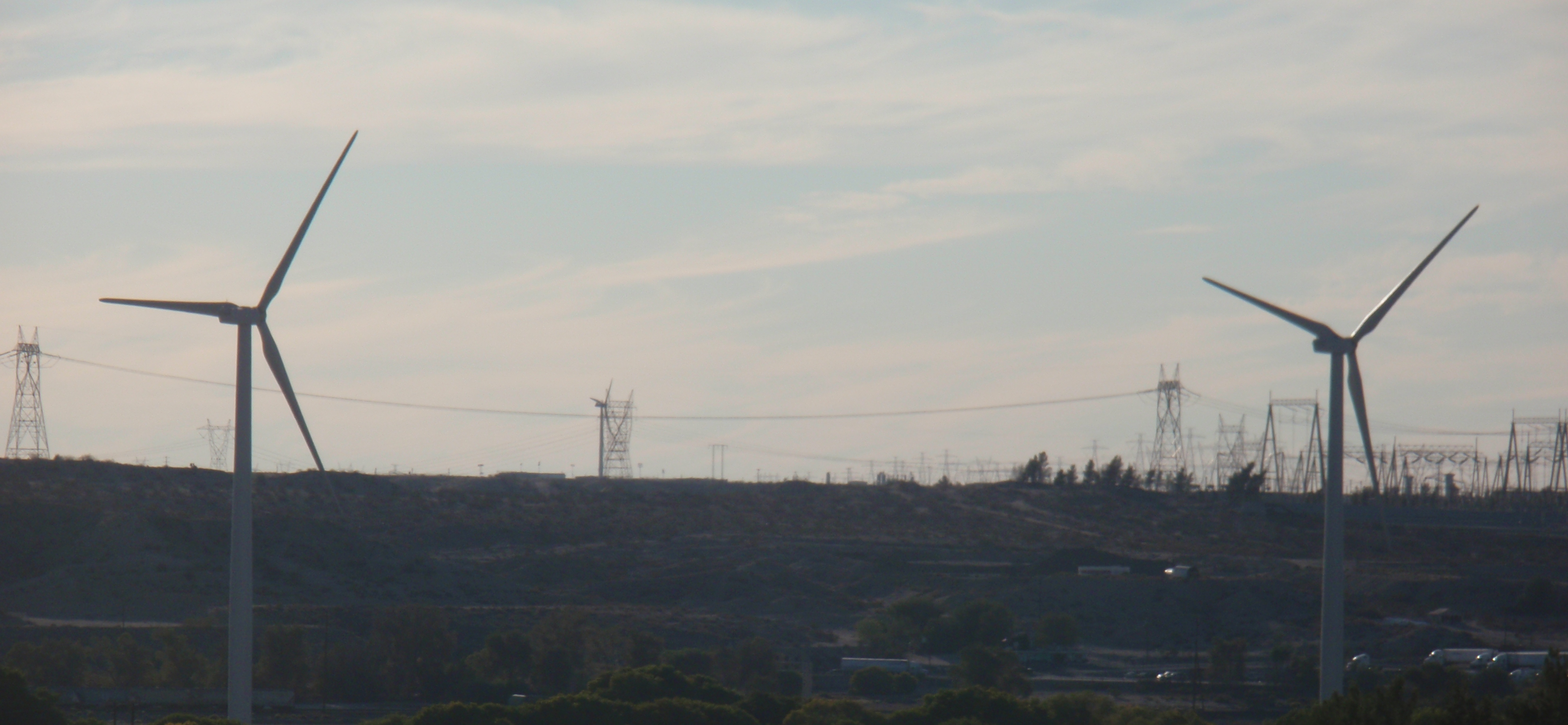
One of several catastrophic obstacles to relying on wind power to generate a large portion of our electricity is that wind turbines only generate electricity when the wind is blowing. That makes wind power quite unreliable.
Diving further into that issue shows that the wind blows more in some months more than others and this variable capacity further varies by region.
Why is this an issue? Electricity must be generated at the instant it is needed (allowing for the time it takes for electricity to get from the generating source to your house). It cannot be stored.
Variability over the course of a year
Check out the following graph from the Energy Information Administration:
That graph, which can be found here, is in the public domain since it is government information. It shows that on average across the country during the course of a year wind facilities have an average capacity of about 32%.
Continue reading “More on the high cost of low capacity from wind power”

I am trying to collect reference points for the cost to construct different types of facilities. Here are a few data points I’ve noticed lately and some data points I’ve mentioned before.
Remember to discount all the construction costs below by the 15% to 30% capacity rate. That means backup natural gas or coal plants are needed for the 70% or 85% of the minutes each day the facilities aren’t producing.
Offshore oil
I haven’t paid attention to offshore drilling so I’m not familiar with production levels or costs. Here is one data point I just saw:
11/25/15 – Wall Street Journal – Italy’s Eni Plans to Pump Arctic Oil, After Others Abandon the Field – An Italian oil company, Eni SpA, will continue its work 300 miles north of the Arctic Circle. Their Goliat platform will start pumping in 2015.
Goal is to produce 100,000 bopd. Cost is estimated at $6 billion. Field is expected to be productive for 15 years.
For context, you could probably drill 1,000 wells in North Dakota for $6B.
Solar
3/17/15 – Million Dollar Way – Here we go again – solar project in the dead of winter in a northern latitude state. – Standing Rock Reservation will construct 636kW solar project for $2M, of which $1M will be from federal government. Continue reading “Cost to construct energy facilities”
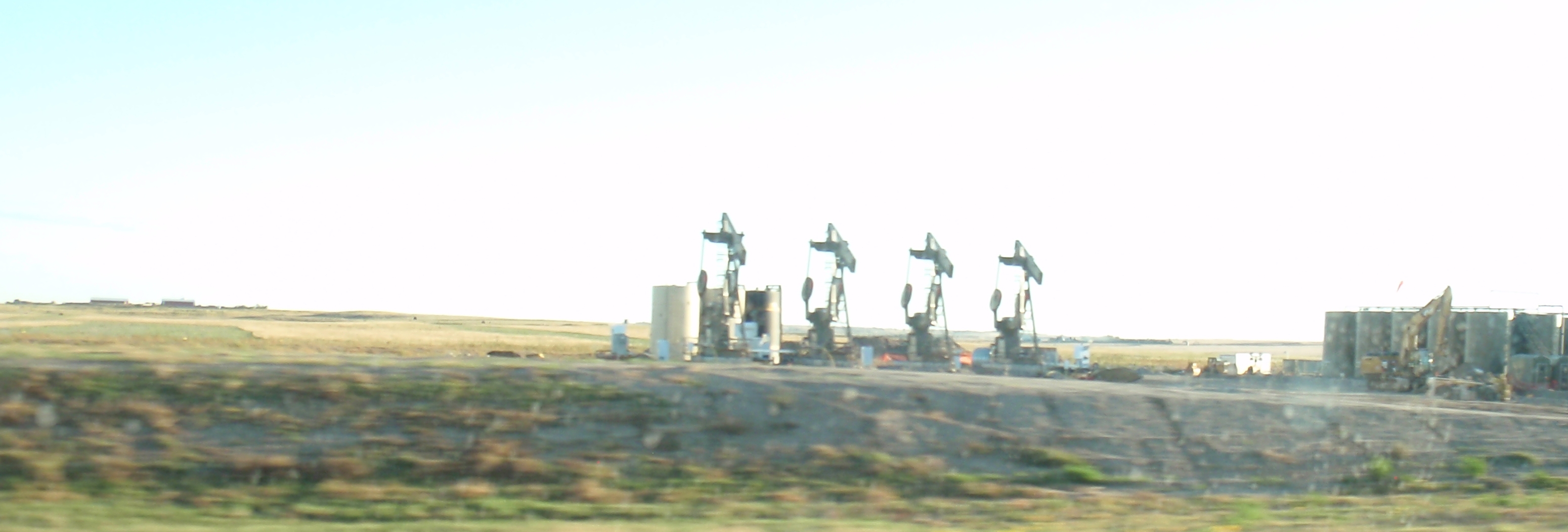
Production in the Bakken field of North Dakota dropped 4,140 bopd from October 2014 to October 2014. Going from average output of 1,118,070 bopd a year ago to 1,113,930 in 10/14 is a drop of 0.37%, or about one-third of one percent.
Overall production in North Dakota dropped 14,565 bopd, or 1.23% in the same time.
I don’t think flat production is what OPEC, I mean Saudi Arabia, had in mind when they went for maximum production.
Continue reading “Flat output from U.S. shale in last 12 months is not quite what OPEC had in mind”